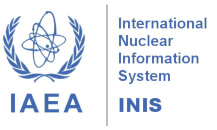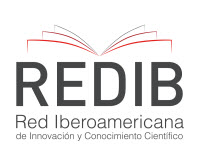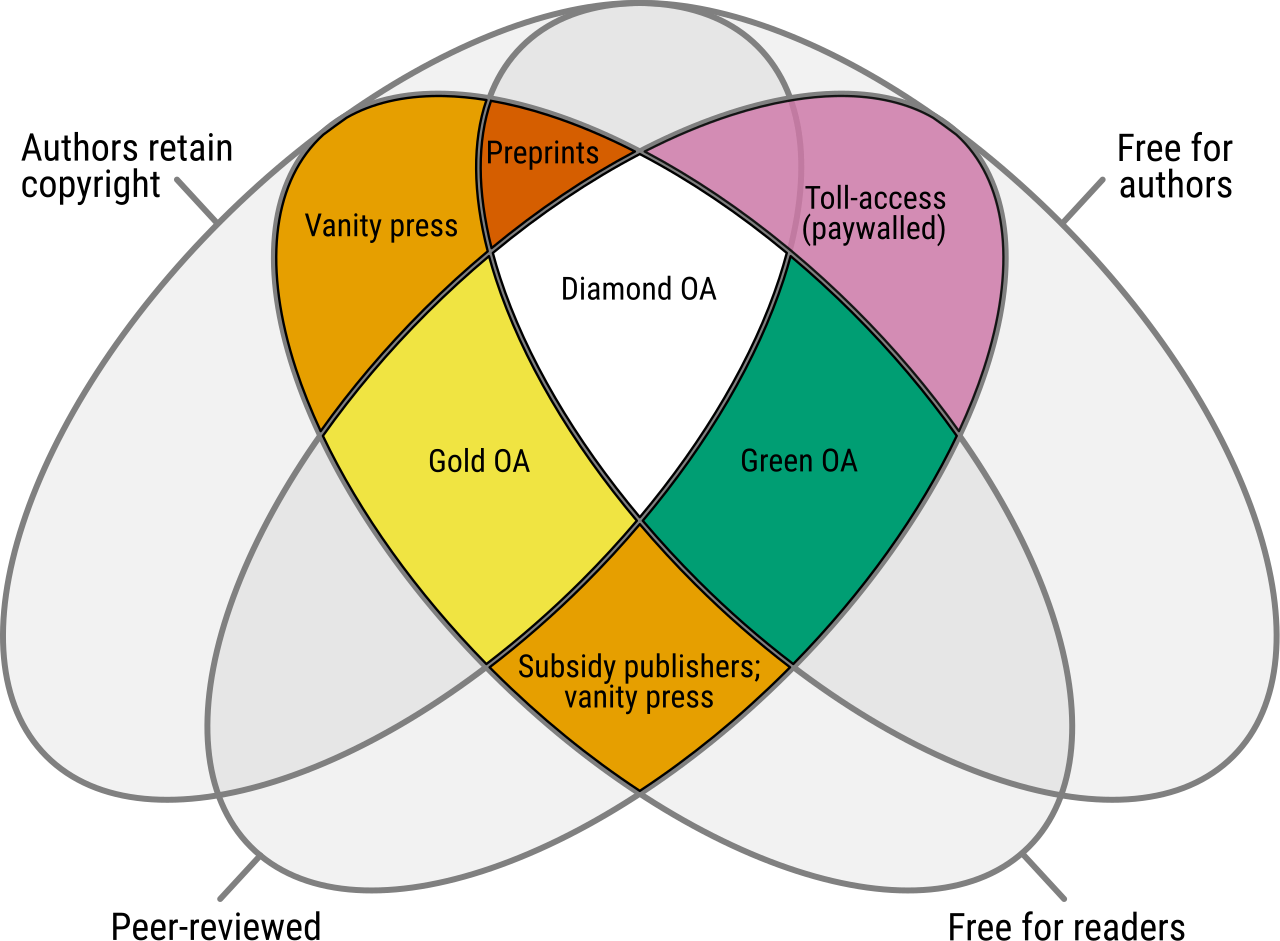A new method for voxelizing mesh phantoms through cross-sectional images
DOI:
https://doi.org/10.15392/2319-0612.2025.2912Palabras clave:
Phantoms, Voxelization, Monte Carlo, Ionizing RadiationResumen
Exposure Computational Models (ECMs) utilize algorithms for ionizing radiation sources and Monte Carlo (MC) codes to simulate radiation transport, its interaction with matter, and to assess the energy deposited in volumes of interest (VOIs) represented by a phantom. The GDN (Numerical Dosimetry Research Group) (CRCN-NE) and the Computational Dosimetry and Embedded Systems Research Group (IFPE) have been developing techniques and software to create anthropomorphic Boundary Representation (BREP) phantoms, which are typically constructed using polygonal meshes due to their better anatomical representation of organs and tissues. To couple BREP phantoms with MC codes, GDN developed a method that converts polygonal meshes into voxels. This process is carried out using the in-house software DIP (Digital Image Processing), which converts mesh.obj files into voxels.sgi (Interactive Graphics Simulations). In this study, a new voxelization technique is presented, utilizing coronal images generated from a mesh phantom using the Blender application and two other tools: DIP (an in-house software) and PHAntoms Manufacturing. Essentially, the method involves using a plane to section the volume containing the phantom in the anteroposterior direction, saving an image of each slice. The total number of images generated is adjusted to reproduce a phantom height of 176 cm, targeting cubic voxels with edge lengths of 0.12 cm, resulting in 272 images. The produced images represent a collection of segmented VOIs with unique identifiers stacked in the DIP, creating an SGI file. The result of this voxelization was compared to the previous GDN method for dosimetric analyses of ionizing radiation.
Descargas
Referencias
[1] COSTA, Y. A. P., DO VAL IETSUGU, M., BOLOGNESI, L. Efeitos biológicos da radiação e síndrome aguda das radiações. Tekhne e Logos, Florianópolis, v. 15, n. 1, p. 121-136, 2024.
[2] YORIYAZ, Hélio. Método de Monte Carlo: princípios e aplicações em Física Médica. Revista Brasileira de Física Médica, São Paulo, v. 3, n. 1, p. 141-149, 2009.
[3] VIEIRA, J. W., CABRAL, M. O. M., ANDRADE, P. H. A., NETO, V. L., LIMA, V. J. M., LIMA, F. R. A. (2018). Uso do software DIP para voxelização de fantomas mesh. PROTEÇÃO CONTRA RADIAÇÕES NA COMUNIDADE DOS PAÍSES DE LÍNGUA PORTUGUESA, p. 27.
[4] ANDRADE, P. A., VIEIRA, J. W., OLIVEIRA, V. R. S., VELOSO, R. J. B., LIMA, F. R. A. Um método para voxelização de geometrias 3D de malhas. Brazilian Journal of Radiation Sciences, São Paulo, v. 8, n. 1A (Suppl.), p. 1-12, 2020. DOI: https://doi.org/10.15392/bjrs.v8i1A.1000
[5] CASSOLA, V. F., LIMA, V. J. M., KRAMER, R., KHOURY, H. J. FASH and MASH: female and male adult human phantoms based on polygon mesh surfaces: I. Development of the anatomy. Physics in Medicine & Biology, v. 55, n. 1, p. 133, 2009. DOI: https://doi.org/10.1088/0031-9155/55/1/009
[6] CASSOLA, V. F. KRAMER, R., BRAYNER C., KHOURY, H. J. Posture-specific phantoms representing female and male adults in Monte Carlo-based simulations for radiological protection. Physics in Medicine & Biology, v. 55, n. 15, p. 4399, 2010. DOI: https://doi.org/10.1088/0031-9155/55/15/014
[7] CASSOLA, V. F. et al. Standing adult human phantoms based on 10th, 50th and 90th mass and height percentiles of male and female Caucasian populations. Physics in Medicine & Biology, v. 56, n. 13, p. 3749, 2011. DOI: https://doi.org/10.1088/0031-9155/56/13/002
[8] CASSOLA, V. F., MILIAN, F. M., KRAMER, R., LIRA, C. A. B. O., KHOURY, H. J. Development of newborn and 1-year-old reference phantoms based on polygon mesh surfaces. Journal of Radiological Protection, v. 33, n. 3, p. 669, 2013. DOI: https://doi.org/10.1088/0952-4746/33/3/669
[9] LIMA, V. J. M., CASSOLA, V. F., KRAMER, R., LIRA, C. A. B. O., KHOURY, H. J., VIEIRA, J. W. Development of 5‐and 10‐year‐old pediatric phantoms based on polygon mesh surfaces. Medical physics, v. 38, n. 8, p. 4723-4736, 2011. DOI: https://doi.org/10.1118/1.3615623
[10] BLENDER FOUNDATION. Blender 2.91.0 Manual de referência. Disponível em: <https://download.blender.org/release/Blender2.91/>. Acesso em: 05 nov. 2024.
[11] CASSOLA, Vagner Ferreira. Desenvolvimento de fantomas humanos computacionais usando malhas poligonais em função da postura, massa e altura. 2011. Tese (Doutorado) – Programa de Pós-Graduação em Tecnologias Energéticas e Nucleares, Universidade Federal de Pernambuco, Recife, 2011.
[12] IMAGEJ. Version 1.54: National Institutes of Health. Disponível em: <https://imagej.softonic.com.br/>. Acesso em: mar. 2025.
[13] ANDRADE, Pedro Henrique Avelino de. Construção e voxelização de um fantoma mesh masculino adulto com macro circulação e vasos linfáticos. 2018. Tese (Doutorado) – Programa de Pós-Graduação em Tecnologias Energéticas e Nucleares, Universidade Federal de Pernambuco, Recife, 2018.
[14] FARIAS, Whoody Alem Wanderley Araripe. Desenvolvimento de uma plataforma computacional para a geração de fantomas antropomórficos e fontes emissoras de elétrons. 2023. Dissertação (Mestrado em Tecnologias Energéticas e Nucleares) – Departamento de Energia Nuclear, Universidade Federal de Pernambuco, Recife, 2023.
[15] ICRP. Basic Anatomical and Physiological Data for Use in Radiological Protection Reference Values. ICRP Publication 89. Ann. ICRP, v. 32, n. 3-4, 2002. DOI: https://doi.org/10.1016/S0146-6453(03)00002-2
[16] ICRU - International Commission on Radiation Units and Measurements. Tissue substitutes in radiation dosimetry and measurement. ICRU Report 44. U.S.A., ICRU, 1989.
[17] ICRU - International Commission on Radiation Units & Measurements. Photon, electron, proton and neutron interaction data of body tissues. ICRU Report No. 46. Bethesda: ICRU, 1991.
[18] KAWRAKOW, I.; MAINEGRA-HING, E.; ROGERS, D. W. O.; TESSIER, F.; WALTERS, B. R. B. The EGSnrc Code System: Monte Carlo simulation of electron and photon transport. Technical Report PIRS-701. Ottawa, Canada: National Research Council Canada, 2017.
Descargas
Publicado
Número
Sección
Categorías
Licencia
Derechos de autor 2025 Raniele Costa de Matos dos Santos, Whoody Alem Wanderley Araripe Farias, José Wilson Vieira, Pedro Henrique Avelino de Andrade, Jefferson Melo Gonçalves Pena, Vanildo Júnior de Melo Lima, Fernando Roberto de Andrade Lima

Esta obra está bajo una licencia internacional Creative Commons Atribución 4.0.
Licencia: los artículos de BJRS tienen una licencia internacional Creative Commons Attribution 4.0, que permite el uso, el intercambio, la adaptación, la distribución y la reproducción en cualquier medio o formato, siempre que se otorgue el crédito correspondiente al autor o autores originales y a la fuente, proporcione un enlace a la licencia Creative Commons e indique si se realizaron cambios. Las imágenes u otros materiales de terceros en el artículo están incluidos en la licencia Creative Commons del artículo, a menos que se indique lo contrario en una línea de crédito al material. Si el material no está incluido en la licencia Creative Commons del artículo y su uso previsto no está permitido por la regulación legal o excede el uso permitido, el autor deberá obtener el permiso directamente del titular de los derechos de autor. Para ver una copia de esta licencia, visite http://creativecommons.org/licenses/by/4.0/






















